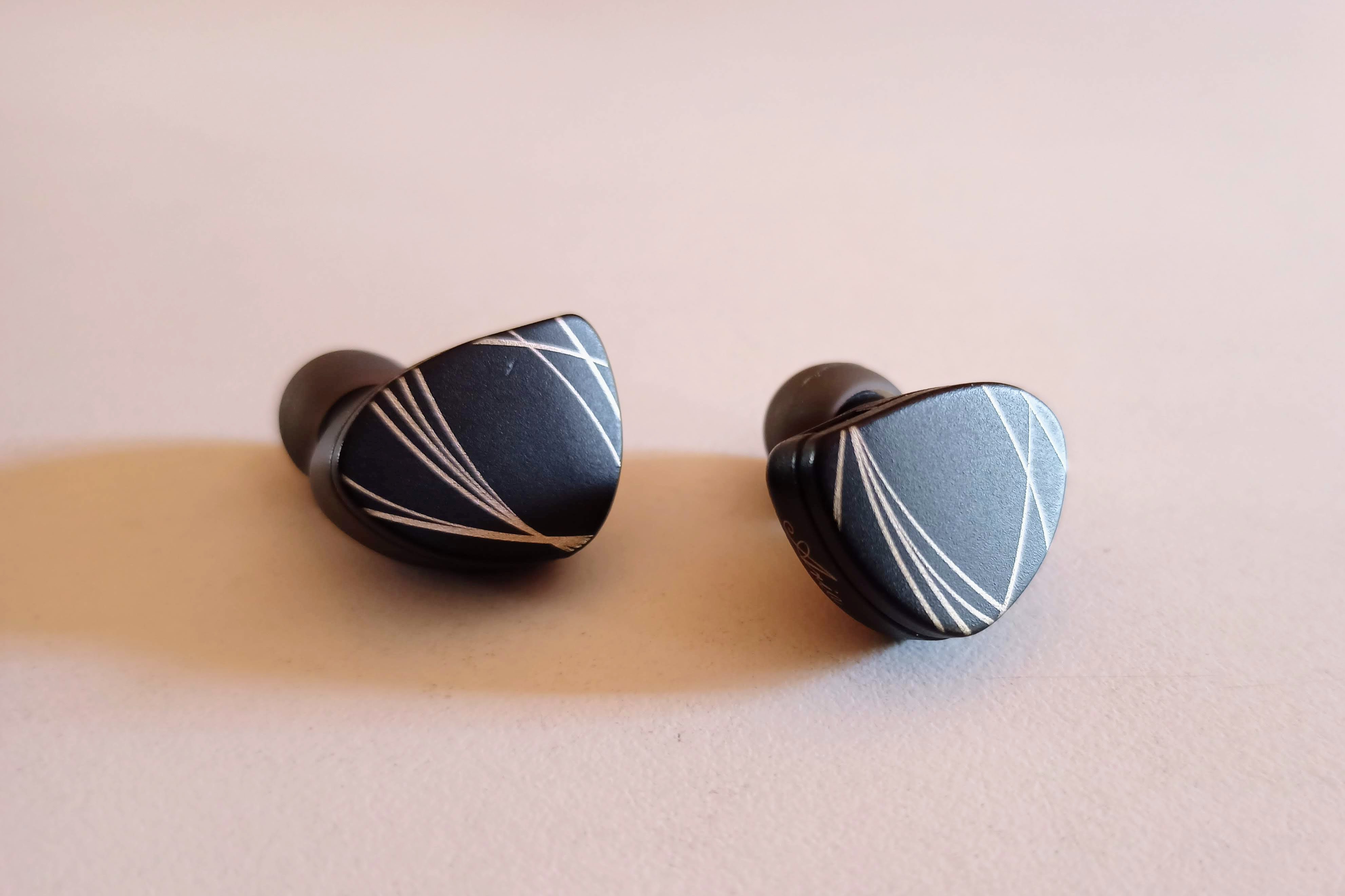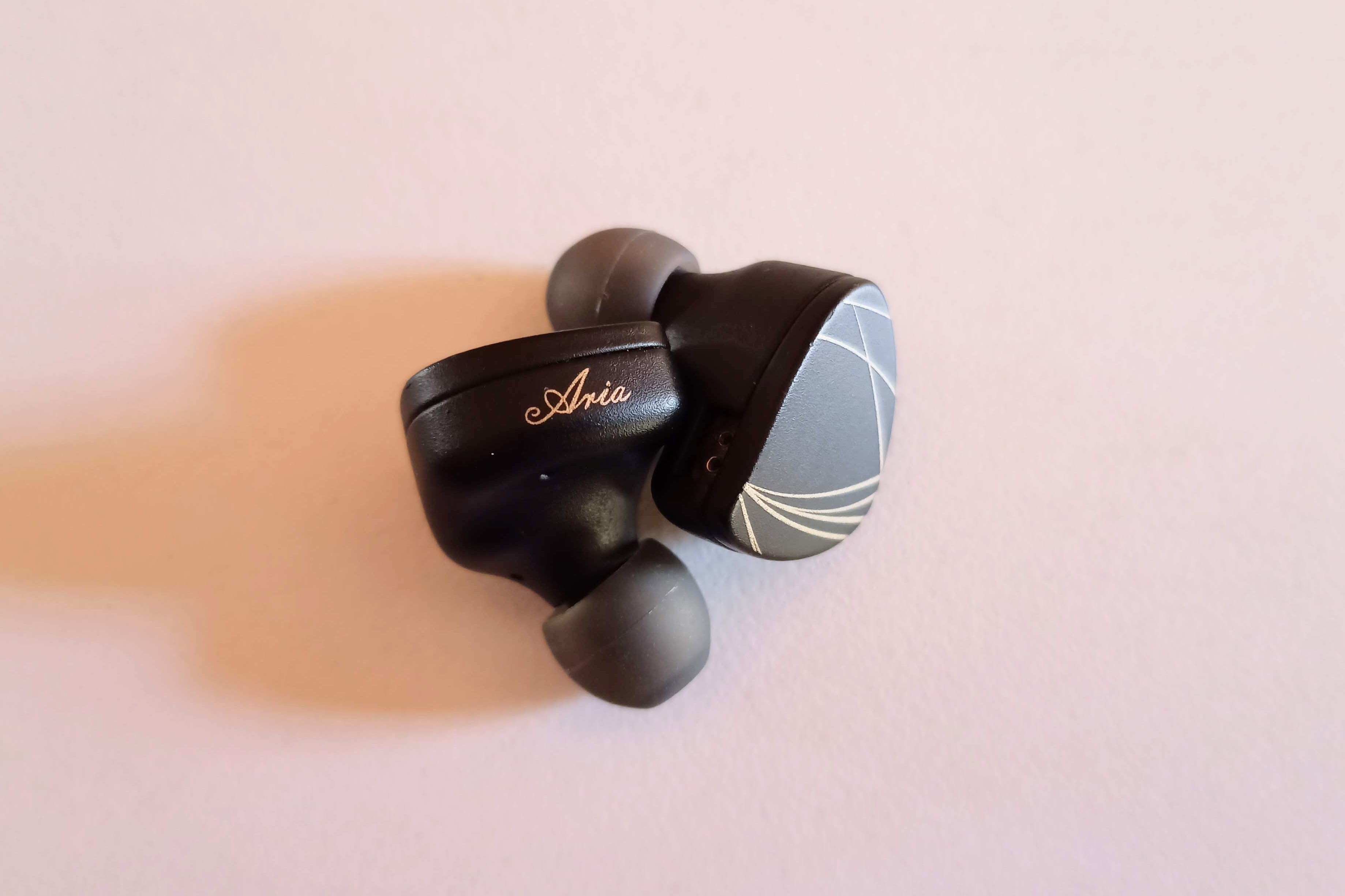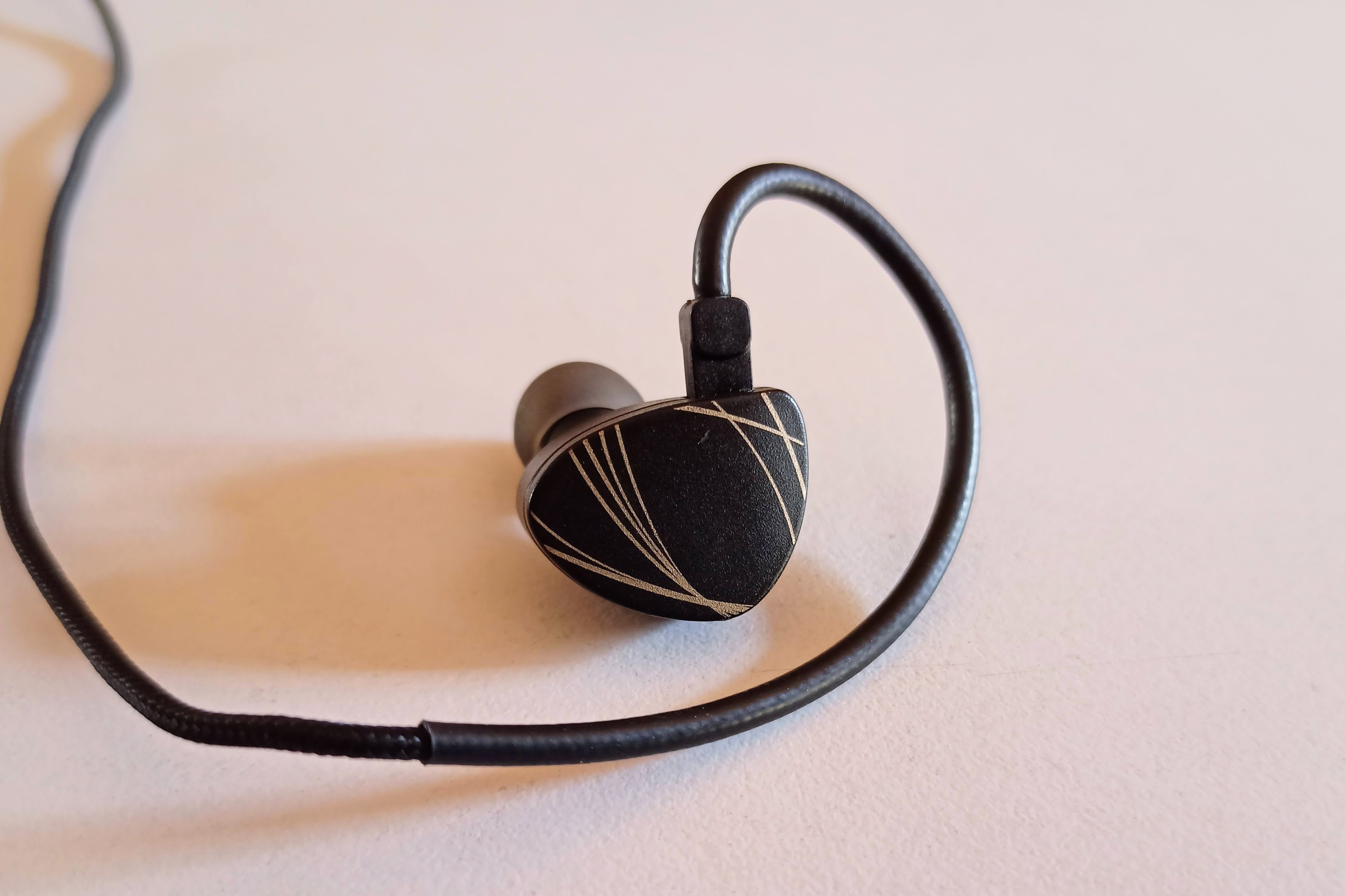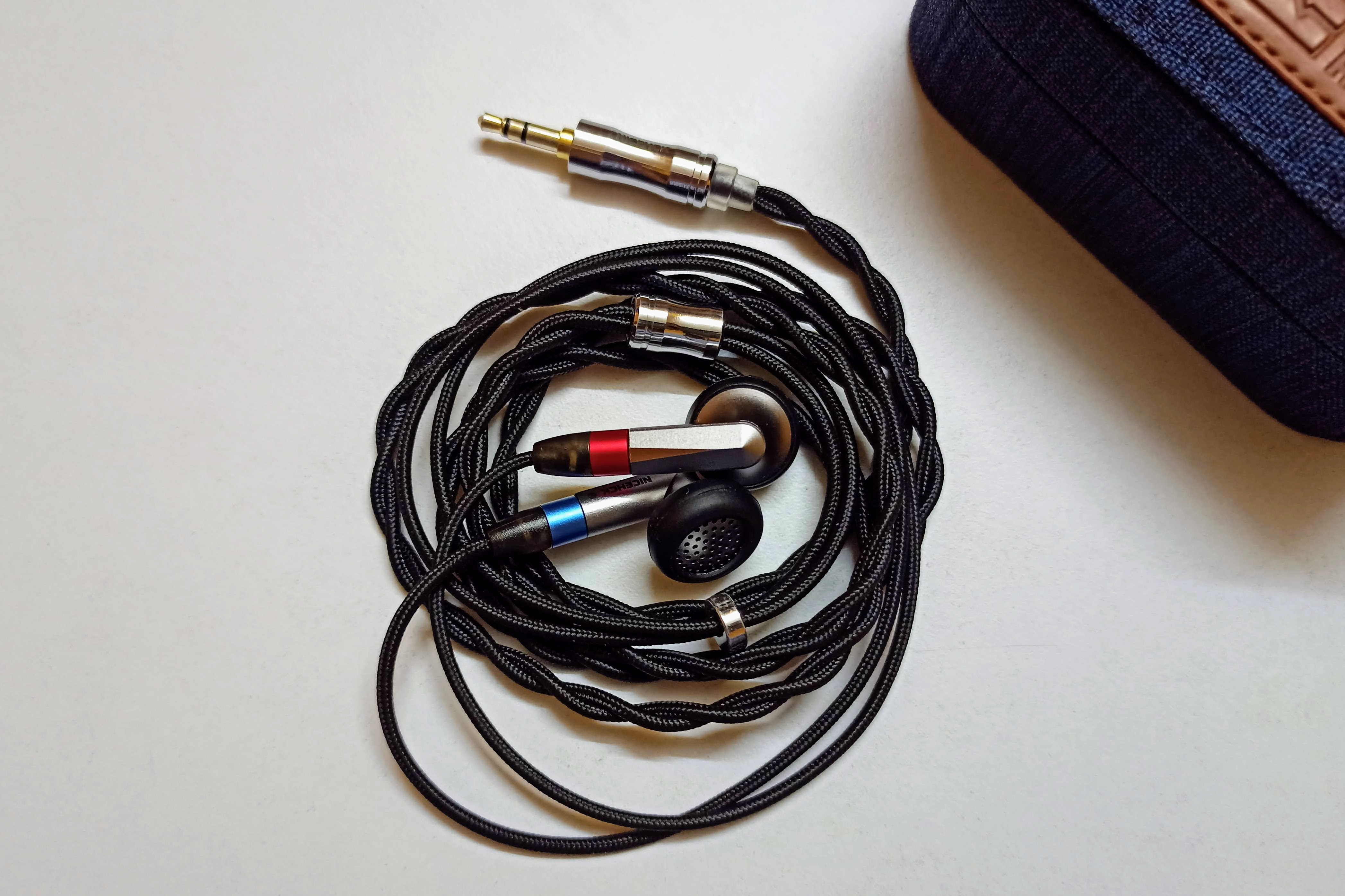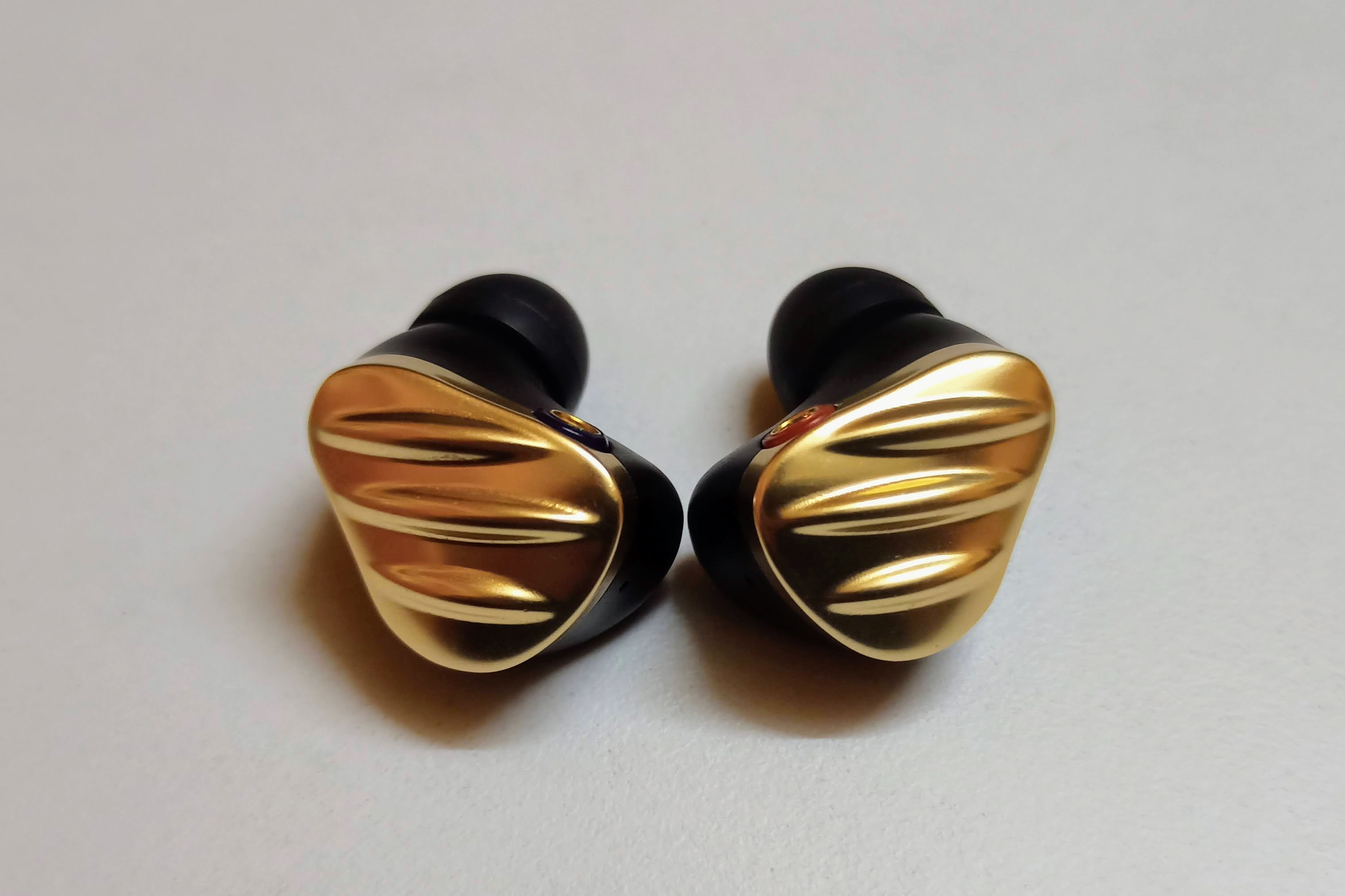Disclaimer : The unit was provided by TACables as a part of a review tour but all thoughts and opinions are my own.
Build Quality
TACables gives a fancy breakdown of the materials in the Obsidian cable : it is basically a SPC cable but it constitutes 50% Black Litz 5N OCC and the other 50% is Litz Silver Plated 5N OCC. It is all wrapped by a Dupont PVC sheath. The connectors, splitter and plug are all solid metal which is amazing to see at this price point. To add, the plug is on the longer side so pocket use might be an issue when you sit down as it might poke your stomach. The strain reliefs are the transparent kind which kind of looks cheap in my opinion, but not in a 20 USD upgrade cable so no harm, no foul. The material is supple and flexible which is amazing to see, and TACable seems to have thought everything through. The integrated velcro strap is SUPER long which is especially useful if you are wrapping the earphones in a tighter bunch.


Sound Analysis
In a world where 500 USD upgrade cables are seen as "normal", what can a 20 USD upgrade cable do? Is it any useful? YES! On all the earphones I have tried, the change in sound it brought about was very easy to notice and more importantly, consistent.
In simple words, it tightened up the bass, midrange was clearer and opened up the top end, adding more air and open-ness to the sound. This kind of change in sound warrants caution-free pairing with earphones but this cable works exceedingly well with slightly warm earphones, complementing them very well.
View attachment IMG20210911093403.jpg
Conclusion
There is nothing much to add here given that the low price of 20 USD makes it a viable cable if you just want an aesthetic change for your earphones, the sound improvement being a bonus included in for free. It is refreshing to see such well performing aftermarket cables that actually make a difference at a very reasonable price bracket.
Build Quality
TACables gives a fancy breakdown of the materials in the Obsidian cable : it is basically a SPC cable but it constitutes 50% Black Litz 5N OCC and the other 50% is Litz Silver Plated 5N OCC. It is all wrapped by a Dupont PVC sheath. The connectors, splitter and plug are all solid metal which is amazing to see at this price point. To add, the plug is on the longer side so pocket use might be an issue when you sit down as it might poke your stomach. The strain reliefs are the transparent kind which kind of looks cheap in my opinion, but not in a 20 USD upgrade cable so no harm, no foul. The material is supple and flexible which is amazing to see, and TACable seems to have thought everything through. The integrated velcro strap is SUPER long which is especially useful if you are wrapping the earphones in a tighter bunch.


Sound Analysis
In a world where 500 USD upgrade cables are seen as "normal", what can a 20 USD upgrade cable do? Is it any useful? YES! On all the earphones I have tried, the change in sound it brought about was very easy to notice and more importantly, consistent.
In simple words, it tightened up the bass, midrange was clearer and opened up the top end, adding more air and open-ness to the sound. This kind of change in sound warrants caution-free pairing with earphones but this cable works exceedingly well with slightly warm earphones, complementing them very well.
View attachment IMG20210911093403.jpg
Conclusion
There is nothing much to add here given that the low price of 20 USD makes it a viable cable if you just want an aesthetic change for your earphones, the sound improvement being a bonus included in for free. It is refreshing to see such well performing aftermarket cables that actually make a difference at a very reasonable price bracket.
























































